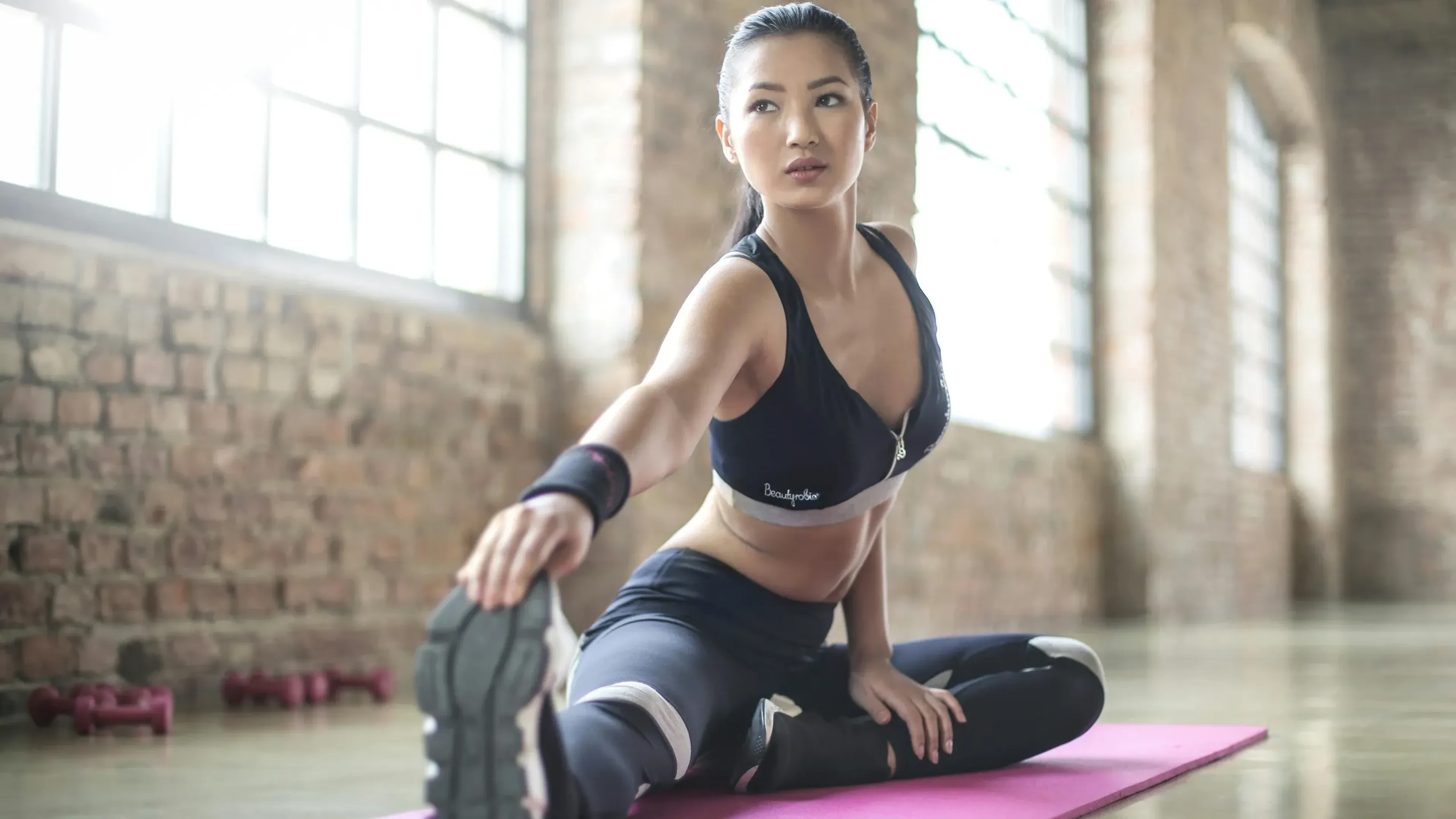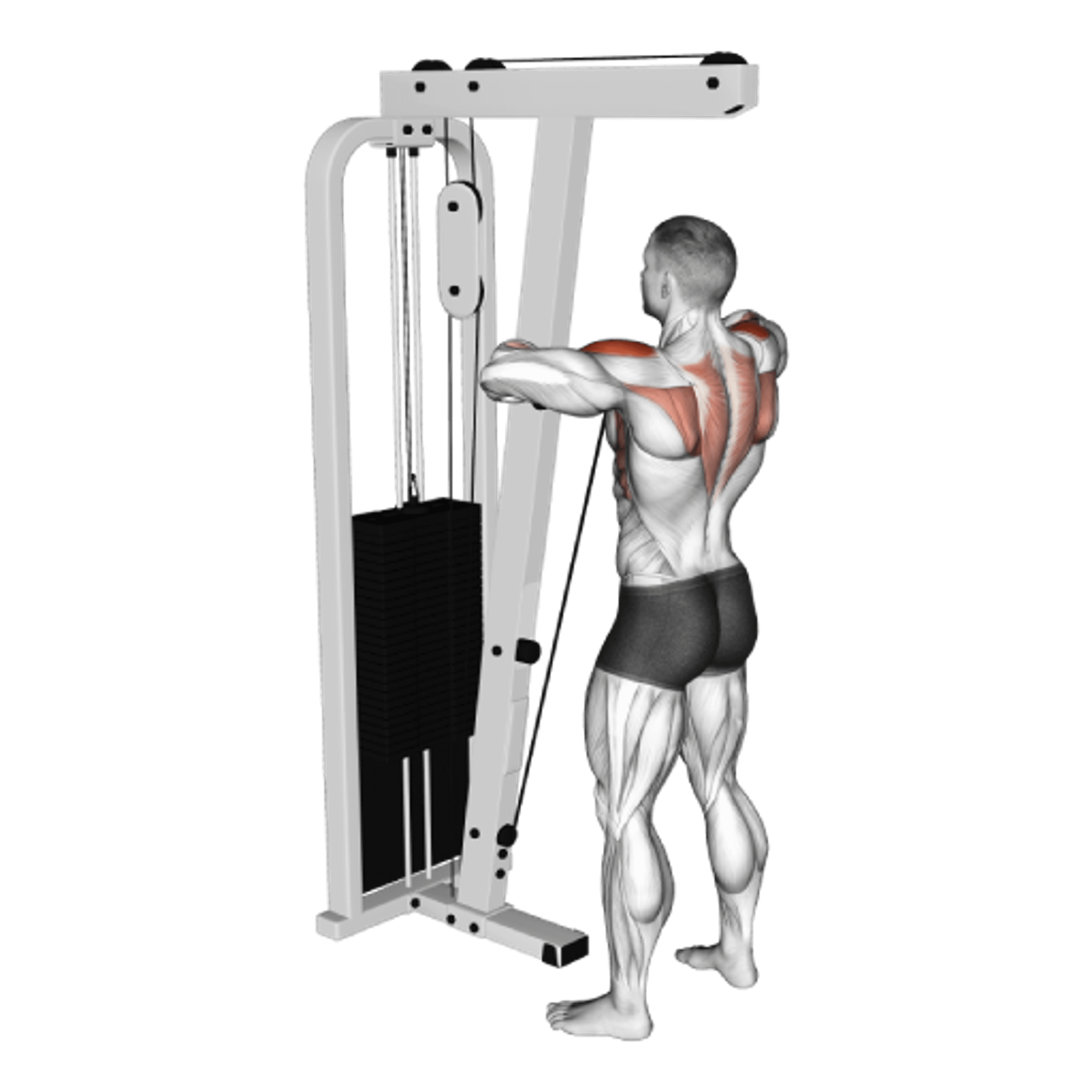Cable High Pull

Overview
- Primary Focus:
- Shoulders.
- Equipment:
- Cable.
- Difficulty:
- Beginner.
General Information
Cable High Pull is a compound exercise that primarily targets the shoulders and also engages the upper traps and upper back. It is a beginner-level movement that uses the cable's consistent path to develop a smooth, powerful pull.
The cable allows precise loading and a controlled line of pull, making it easier to learn timing and elbow position. It is useful as a power accessory or as a safer on-ramp to more dynamic variations.
Keep the implement close and focus on driving the elbows high without over-shrugging. Tempo can be slightly explosive on the way up while maintaining a controlled return.
When technique is reliable, you may alternate with the Dumbbell High Pull or progress to a barbell option for heavier loading if appropriate.
Muscles Worked
- Deltoid
- Primary
- Lower Trapezius
- High
- Rhomboid Major
- High
- Latissimus Dorsi
- Medium
- Serratus Anterior
- Medium
- Biceps Brachii
- Low
- Brachialis
- Low
- Erector Spinae
- Low
Instructions
- Set a low pulley with a rope or straight bar. Stand tall with a slight knee bend and braced torso.
- Grip evenly and start with the arms straight, shoulders down and back, and the cable taut.
- Initiate by extending the legs and hips slightly, then pull as the elbows travel high and outside.
- Keep the handle close to the body path and wrists neutral; do not curl the attachment.
- Finish near upper-chest height with control and without leaning back or shrugging excessively.
- Lower smoothly along the same path until the arms are long, keeping the stack from slamming.
- Reset posture between reps and keep breathing steady throughout the set.
Common Mistakes
Injuries
Cable High Pull is a low risk exercise when performed with proper technique.
Most issues stem from leading with the wrists or over-shrugging. Keep elbows guiding the motion and maintain a neutral wrist and ribcage position to protect the shoulders and back.
Use a moderate load you can accelerate while staying balanced. If discomfort appears, limit range slightly and slow the lowering phase to refine control.
Stop if you feel sharp pinching at the front of the shoulder or back pain that does not improve with lighter weights and better posture.
Alternative Exercises

Frequently Asked Questions
- Q: Which attachment is best?
A rope or straight bar both work. Choose the one that helps you keep elbows high, wrists neutral, and a close path to the body.
- Q: How fast should I move?
Use a crisp but controlled pull with a smooth return of 2-3 seconds. If form degrades, slow down and reduce the load.
- Q: Where should I feel it most?
Primarily in the shoulders and upper traps, with the upper back assisting. Keep the elbows high so the delts lead the motion.
- Q: How should I breathe?
Exhale as you pull to chest height and inhale on the controlled return. Maintain gentle bracing to protect the spine.
Overview
- Primary Focus:
- Shoulders.
- Equipment:
- Cable.
- Difficulty:
- Beginner.




